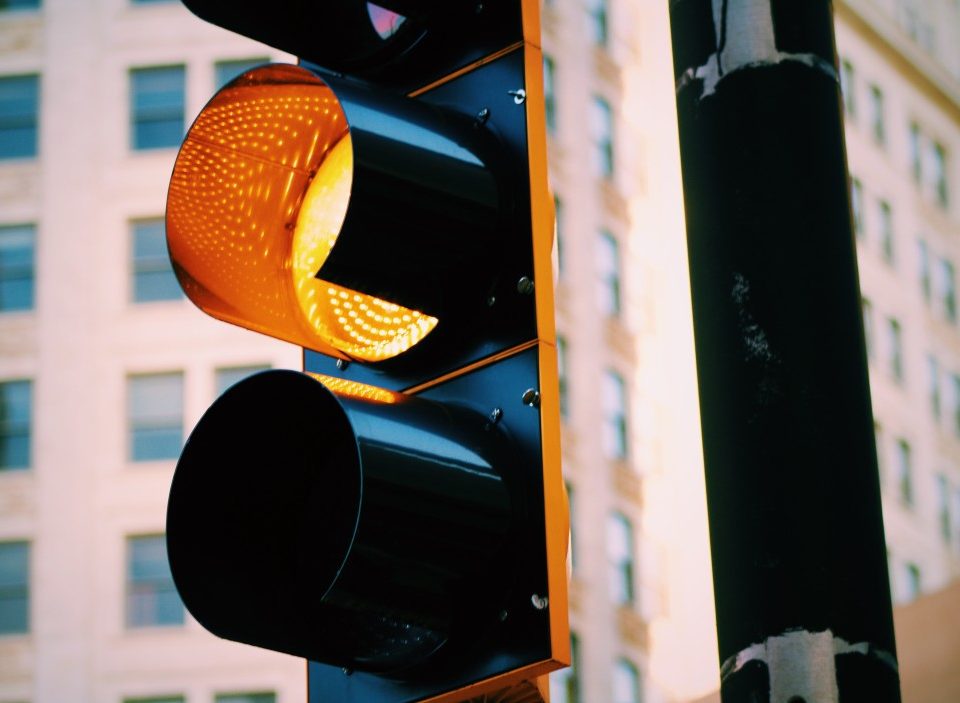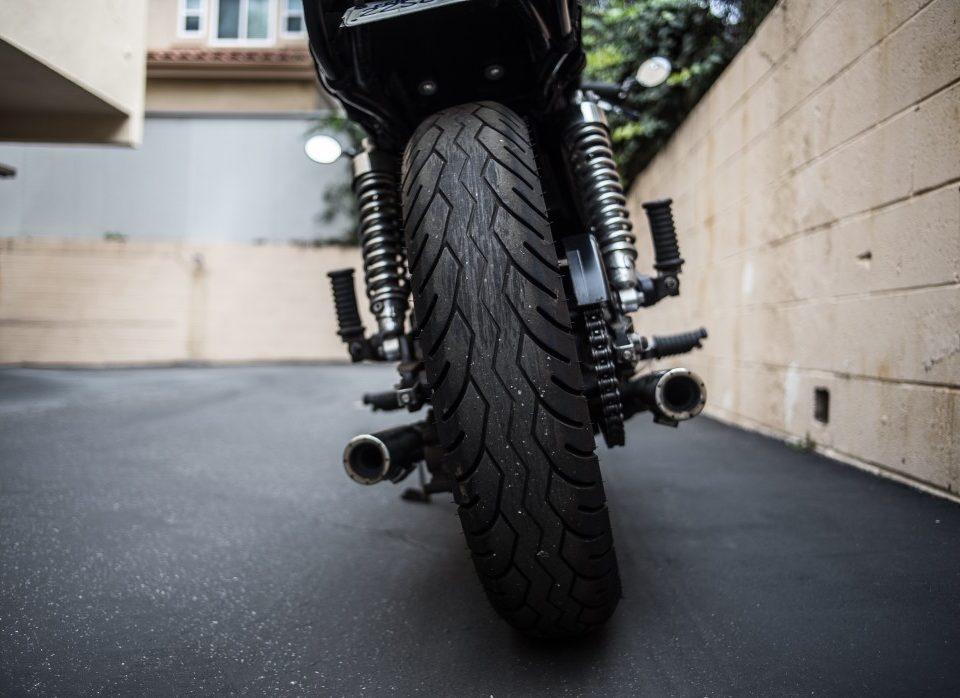Three Reasons Why Lane Splitting Should Be Avoided in a Motorcycle Accident

Drunk Driver causes Injury to Motorcyclist
May 24, 2022
Motorcyclist Harmed by Drunk Driver
May 24, 2022The legality of lane splitting is a crucial issue if you’ve been in a motorcycle accident. Learn more about the benefits, and risks of lane splitting as well as how it affects the liability and compensation. Here are three reasons lane splitting should be avoided. These benefits and risks are discussed in detail in this article. Also, you should read about California’s legalities for lane splitting. This article will also help you determine the best course of action for your case.
California law allows lane splitting
While lane splitting is a common practice, California laws do not explicitly ban it. The American Motorcycle Association endorses lane splitting and more than 80% are involved in it in California. However, while lane splitting may be legal, California motorists are divided on the practice’s safety. Some say lane splitting can be dangerous, while others cite stories of “bullies,” who ride motorcycles and hit women in an accident.
A lane-splitting motorcycle accident in California may involve several factors, including other vehicles in the area, weather conditions, and road conditions. The total environment, which includes the width of the lanes, the size of surrounding motor vehicles, and water or lighting conditions, must be considered. The Dordulian Law Group can assist you in this regard. Founder Sam Dordulian is a former Deputy District Attorney for the County of Los Angeles, where he successfully litigated cases involving serious traffic violations.
In a survey conducted by the University of California, Berkeley, researchers discovered that 87 percent of California motorcycle riders engage in lane splitting. 53 percent of the drivers surveyed knew that lane-splitting is legal, but 7 percent tried to stop motorcycle lane-splitters from passing. The findings suggest that lane splitting is a risky practice and should be avoided whenever possible. The risk to both parties is too great to ignore.
California’s law allows for lane splitting, but it can be difficult to determine who is responsible. AB 51, California’s new law that recognizes the practice, does not change this legality. Although it did not make lane splitting illegal in California this bill provided guidelines to make the practice safer both for motorcyclists and motorists. It’s not a law, but it gives the California Highway Patrol and other motorcyclists’ authority to enforce traffic laws that protect them as well as their passengers.
The practice of lane splitting on motorcycles is not illegal in California. The practice was not sanctioned by law enforcement, but it was eventually recognized in the state’s highway code at sections 21658.1 (a).
Impact of lane-splitting liability
Because it is difficult for drivers to see motorcycles lane splitting is one of most common causes of motorcycle crashes. This practice puts all motorists at risk. People who lane split might not realize that they are putting everyone’s safety at stake. The thermoplastic that separates lanes can slip when it is wet and cause a motorcycle accident. Tires with less tread can slide across the road, causing an accident. Another major cause of motorcycle accidents is rider road rage.
In addition to limiting the ability of bikers to receive compensation, lane splitting is also considered a factor by courts. Even though the negligence of the other driver is more severe, it still limits the amount that a victim of a motorcycle accident can receive from a negligent driver. Even if the lane splitter was partially at fault, the injured motorcycle rider may still be able to seek damages from his own insurance provider.
Lane splitting is a common practice for motorcycle riders to avoid traffic jams by passing vehicles in their own lane. It is not illegal. It is a highly dangerous practice that puts motorcycle riders at risk of being hit by distracted drivers. Lane splitting is illegal in most states, but it has been legal in some other states. However, some states don’t recognize it as a legal maneuver and explicitly ban it.
In some states, lane splitting can be illegal and the other driver could be held responsible for the accident. Depending on the circumstances of the case, lane splitting can lead to the other driver being distracted or negligent while passing a motorcyclist. A motorcyclist might also be lane splitting while trying to get help from other drivers. In either case, the other driver was probably at fault and caused the motorcycle accident.
In a motorcycle accident case, lane splitting can be a big problem. In North Carolina, lane splitting is legal, but lane splitting can result in a driver being liable for the crash. Because the law is so confusing and vague, it is important to consult legal counsel before you file a motorcycle accident lawsuit. This will help you determine the amount of compensation you may be eligible for and your rights.
Effect of lane splitting upon injury risk
Lane splitting is a common method to speed up the road, but it can also increase the risk of injury in motorcycle accidents. Motorcyclists who split lanes risk rear-ending another vehicle and striking a side mirror. In fact, nearly 34% of riders who split lanes experienced one of these accidents. These crashes resulted in fewer major injuries for those involved, and nearly nine percent sustained minor injuries.
One of the most common reasons lane splitting increases the risk of motorcycle accidents is that cars may not realize a motorcycle is like riding through their lane. They might be distracted by their vehicle or the swerving of another car or truck in front. In addition, lane-splitting may result in a driver missing a lane-changing signal and endanger themselves.
The practice of lane splitting is legal in most states, but some states don’t allow it. Germany is the only European country to restrict it, but the rest of the countries have no such laws and a good safety record. Berkeley University researchers found that lane splitting is safe if traffic is moving at less than fifty men and that riders should not do it faster than 15 mph when changing lanes.
Motorcycle riders who are injured by lane-splitting could also be affected. Motorcycle riders may be entitled to compensation for their medical expenses, lost wages, pain, and suffering if a motorcycle crash is caused by negligence. However, a motorcycle rider must prove that the other driver was negligent in causing the accident in order to receive compensation for their injuries.
Even though lane splitting remains illegal in the U.S., many states are reluctant to pass laws against the practice. Delaware, Maryland, Washington, and Connecticut are all considering laws to legalize the practice. Some states have already made lane splitting legal in a modified version called “lane filtering”.
Impact of lane splitting on compensation
While lane splitting may not be illegal in California, many states are considering legalizing it. Although it may seem like a safe way to pass other vehicles on the road, motorcycle riders are at greater risk of being injured. Regardless of how common lane splitting is California law enforcement agencies do not enforce it. Lane splitting has other factors that may influence the severity of your accident, such as distracted driving and speeding. Ultimately, you need to consider all of these factors when calculating your motorcycle accident compensation.
If you are a motorcyclist injured in an accident, lane splitting could impact the value of your motorcycle accident claim. If you were part of the accident, the other driver could argue that you were partially at fault and may not be liable for your injuries. While you might feel tempted to apologize to the other party, you should not do this. Apologizing to the other driver can be construed as an admission of fault and will lower the value of your claim.
It is becoming more common to lane-split. In fact, a study conducted in California found that it resulted in more than 900 collision incidents. More than a quarter of these collisions involved a motorcycle. Many of these collisions resulted in head and torso injuries. Other road users also benefited from lane-splitting. However, it is difficult to say whether it will increase traffic safety or result in a higher motorcycle accident compensation.
A lack of awareness is another risk associated with lane-splitting. It is illegal to lane-split and can land you in serious legal trouble. Claims adjusters and prosecutors will use it against you if they can find evidence that you were at fault in the accident. It doesn’t matter what the reason for the behavior was, it is important to be aware of the potential risks before you make a decision. A pasadena motorcycle accident attorney who specializes in personal injury can help you navigate these complexities and protect your rights.
Lane-splitting in Georgia is an offense. Lane filtering is the practice of riding between two lanes of traffic, usually on the yellow or white lines, when traffic is slow or stopped. Although it is illegal in most states including Georgia, lane-splitting can be done in other states. Your insurance claim could be significantly reduced if you are rear-ended. You should talk to your personal injury attorney about whether or not lane-splitting may have affected your compensation.





